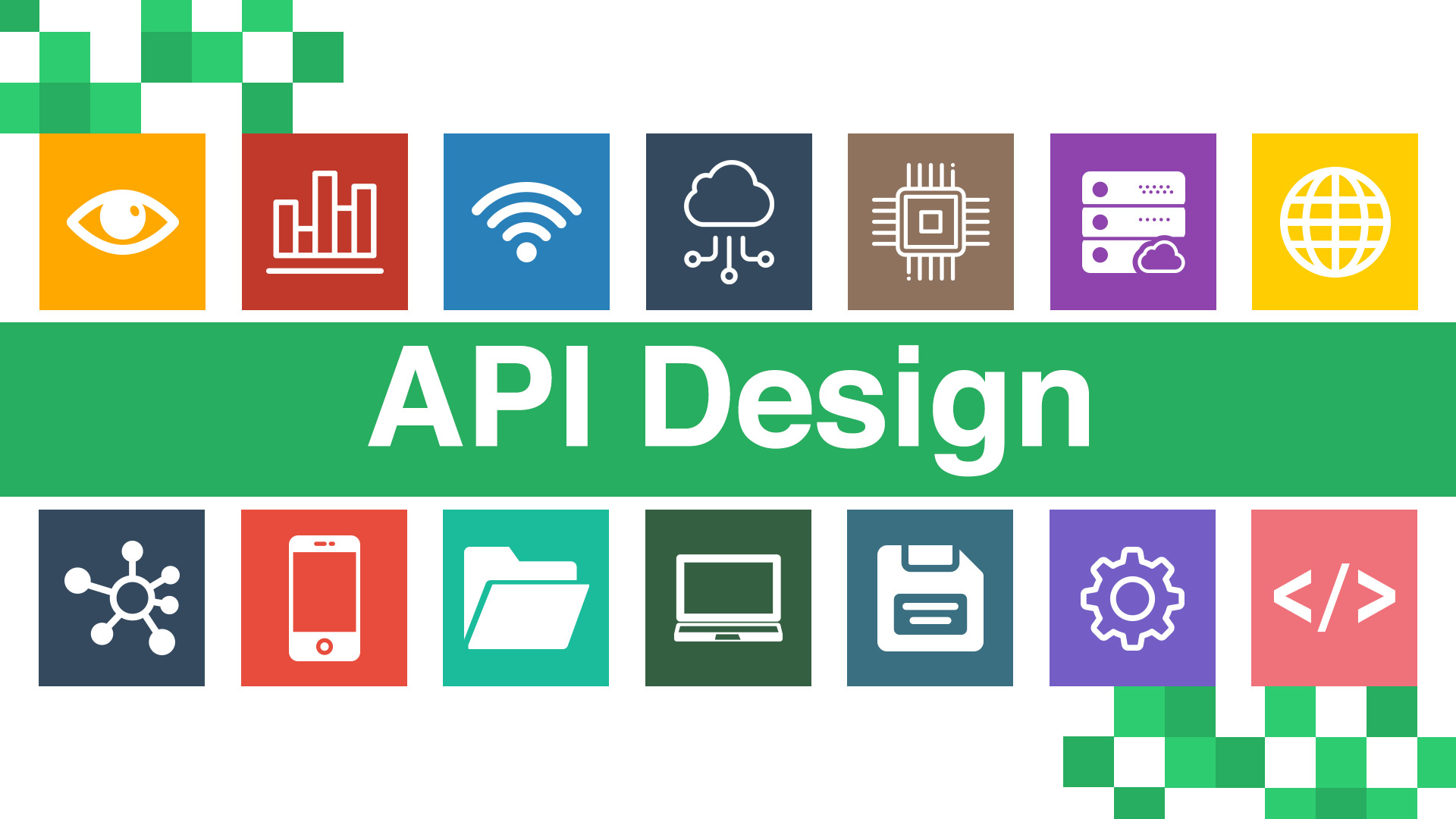Natural Language Processing, aka NLP, has been capturing enough interest in the field of AI recently. Statistics say that the NLP market will cross the $43 billion threshold by 2025. The application of NLP has a dominant role to play in contract analysis, exceeding beyond finding human errors only.
The contract analysis system is complex and labor-intensive, often subjected to mindless human errors. Here, NLP can help businesses save millions of dollars in value from missed opportunities hidden in contractual clauses. Apart from that, NLPs benefit companies in other ways too! Let’s elucidate.
Contents
What is NLP in Contract Analysis?
NLP is an AI application designed to equip computers or machines with the ability to understand human language, in text or spoken words, the same way as humans can. Several NLPs are employed to break down human text and voice data to make them easily consumable by machines.
In contract analysis, NLP is used to arrest errors or deviations in contracts that span thousands of pages.
Usually, the mistakes are grouped into three common categories, namely –
Unilateral: This category of errors occurs when only one of the parties to the contract misinterprets the contractual terms and conditions during contract analysis and review. Such situations arise when the clauses are ambiguous, and after several reviews, such terms remain unclear.
Mutual: Usually, both parties do not misinterpret key clauses simultaneously. Also, mutual mistakes void the contract altogether only if the misinterpretation changes the overall intent of the contract.
Common: There are a few common errors easily committed by both parties at the same time. Here, the error doesn’t occur because the partners misinterpreted the terms. Instead, the contract itself is incorrect.
Template-based contracts are often prone to such errors, as mentioned aforehand. Unfortunately, contract reviewers often ignore mistakes at a granular level even after being completely aware of the risks. This is where NLP in contract analysis steps in to outdo the minute mistakes left ignored.
NLP in Contract Analysis Use-Cases and Benefits
Fortune 500 companies usually handle 20,000-40,000 active contracts daily. Managing contracts in such huge numbers throughout contract lifecycles is a herculean task. So human errors are bound to exist in huge numbers as well.
Legal contract analysis software uses various AI applications to break down the herculean task into small, achievable goals and work alongside the human workforce at every step of their lifecycle. For instance, Natural Language Processing application capabilities help break dense contract documents and complex words in the coded language for the software to identify and pinpoint disparities in the terms.
Some of these NLP capabilities include –
Speech Recognition: Usually termed speech-to-text, this NLP capability covers voice data into text data and is used for AI applications that involve voice commands.
Speech Tagging: Commonly known as grammatical tagging, this capability of NLP in contract analysis determines the part of speech of a particular word. For example, the word ‘make’ is used as a verb in the sentence, ‘I can make a paper plane.’ On the other hand, ‘make’ is used as a noun in the following sentence, ‘What make of car do you own?’ NLP identifies this primary difference in the sentences and helps AI work accordingly.
Disambiguation: NLP uses semantic analysis to identify words with multiple meanings and selects those apt words in the given context. For example, semantic analysis can identify the difference in the meaning of the word ‘make’ in two different contexts, ‘make the grade’ and ‘make a bet.’
Entity Recognition: Entity Recognition or Named Entity Recognition capability identifies words and phrases and connects them to valuable entities, like Kentucky as a location and Mary as a person’s name.
Sentiment Analysis: Here, NLP identifies human emotions like attitudes, emotions, sarcasm, confusion, and suspicion by extracting subjective qualities from contract clauses and wordy paragraphs.
Natural Language Generation: This is the opposite of speech recognition, where structured data are converted into human language.
Co-reference Resolution: NLP is tasked with identifying if and when two different terms refer to the same identity and captures a metaphor or idiom used in the paragraphs.
With such capabilities, NLP in contract analysis performs the following tasks during the contract reviewing process –
Extracting Granular Information: Contracts are verbose and dense documents containing complex legal references, phrases, and terminologies. Hence, extracting granular data from such dense documents is quite a labor and time-intensive task. Missing out on granular deviations is highly probable when legal teams are tasked to analyze volumes of contracts daily. Automated contract analysis leverages the NLP capabilities to cater to herculean tasks and complete them less than half the time humans would have taken.
Extracting Entities: Contracts include many references to various entities, from people to organizations to locations. For an automated system, identifying entities from each other and differentiating them from other words/phrases is not possible without human intervention. This is because artificial systems or machines are inherently incapable of understanding human language. But, for AI contract analysis software to perform independently, the capability to process human language as closely as possible is important and NLP fills this gap. Following a rule-based approach, embedding domain expertise enables the software to process thousands of contracts added to its database and provide context to those ambiguous terms.
Searching for Semantics: Companies have an extensive repository of contracts. Hence, finding critical information using primary keywords might narrow down options but also opens many irrelevant options to scan. This is because the same word is often used in a different context in the contracts. NLP in contract analysis uses semantic analysis capability to understand the contextual meaning of words, extract, and classify clauses with speed and precision.
Comparing Clauses: There is nothing like universal legal language. Hence, companies have their approach to pen down legal contract clauses. Confusion occurs when legal teams are tasked to compare those clauses with in-house standard clauses. Natural Language Processing capabilities of AI contract analysis software allow companies to create a repository of clauses, evaluate and assess new contracts, and compare them with those previously assessed and available in the repository, minus human intervention.
Natural Language Processing – The Key Element in Contract Analysis
Natural Language Processing applications are already reshaping the contract management process by extracting the time, cost, and labor factors out of the contract analysis process. Moreover, NLP-driven solutions easily compare new contract terms with the repository of standard clauses and language for clauses to flag areas of concern without human intervention. NLP and other automated contract analysis software capabilities have successfully cut down human-machine interaction to a bare minimum, especially where contract reviewing is involved.
The way technology has evolved, it would not be long before companies start using data, machine learning, and NLP to close deals successfully without spending hours negotiating terms and reaching agreements.











